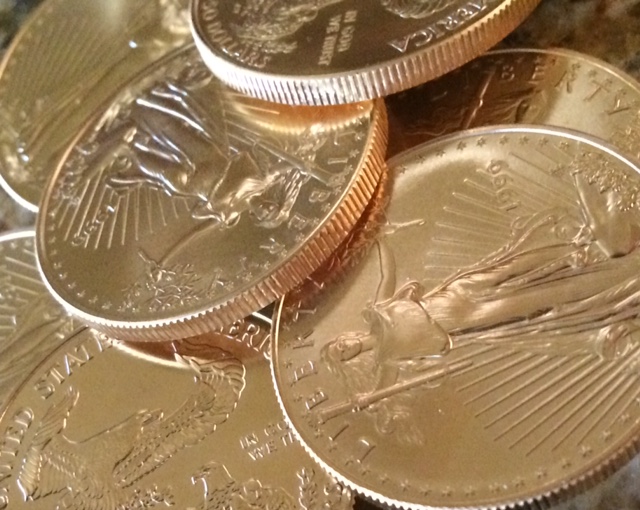
Gold Analyst
Contributor's Links:
Kelsey's Gold Facts
Kelsey Williams has more than forty years experience in the financial services industry, including fourteen years as a full-service financial planner. His website, Kelsey's Gold Facts, ...more
Kelsey Williams has more than forty years experience in the financial services industry, including fourteen years as a full-service financial planner. His website, Kelsey's Gold Facts, contains self-authored articles written for the purpose of educating and informing others about gold within an historical context. In addition to gold, he writes articles about inflation, interest rates, and the Federal Reserve. Kelsey is the author of two books: INFLATION, WHAT IT IS, WHAT IT ISN'T, AND WHO'S RESPONSIBLE FOR IT and ALL HAIL THE FED! To inquire about private consultations, public speaking, and interviews, please contact at email: kwilliams@kelseywilliamsgold.com For email alerts when new articles are posted, subscribe here.less




Latest Comments
The Hawk Not In Housing (Nor Capex)
Good article with common sense concern about housing and capital expansion. Fed has a dilemna of their own making. Artificially-contrived low interest rates fostered 'drug' -induced highs in economic activity that were unsustainable. But there is always a price to pay in the form of withdrawl symptoms. We may be on the verge of experiencing those symptoms/effects in the extreme, regardless of the Fed's efforts or intentions.
The Neatest Idea Ever For Reducing The Fed’s Balance Sheet
And, yet, we still operate financially within the context of a fractional-reserve banking system. Hence, any reserve requirement less than 100 percent is implicit of excess reserves. And derivatives are a huge subset of the system which continues to re-leverage the same money over and over again, even after any initial reserve requirements are met. The threat of a credit implosion grows exponentially regardless of the Fed's tinkering and eventually there will be a forced de-leveraging. 'When' is anybody's guess.
The Race We All Lose
Good article!
No Silver Lining Here
There are two primary reasons for silver's price surge in the 1970s.
1)Silver mining production lagged consumption for nearly two full decades during the 1950s-60s. During that period, the U.S. Treasury sold silver regularly from its hoard of nearly two billion ounces. This action kept the market price for silver suppressed. By 1970 nearly all of the silver was gone and the Treasury had to stop its sales. Thus, the price of silver was freed to find a presumably higher level that would eventually balance
consumption and production.
2) The United States suspended all convertibility of the U.S. dollar into gold in 1971. Those who were prescient enough to recognize the ongoing threat of further U.S. dollar depreciation, purchased gold and silver based on their historic roles as money.
The Hunt family's involvement simply added to these two forces and likely sent silver prices far beyond any reasonably sustainable level at the time. (From an average price of $1.60 to a high of $49.50 in January 1980 represents a three thousand percent increase.)
A Few Words On The Gold Sector
Nice to know that not everyone is ill with 'gold fever'.
Inflation/Deflation And The Desire To Avoid Short-Term Pain
Excellent article!